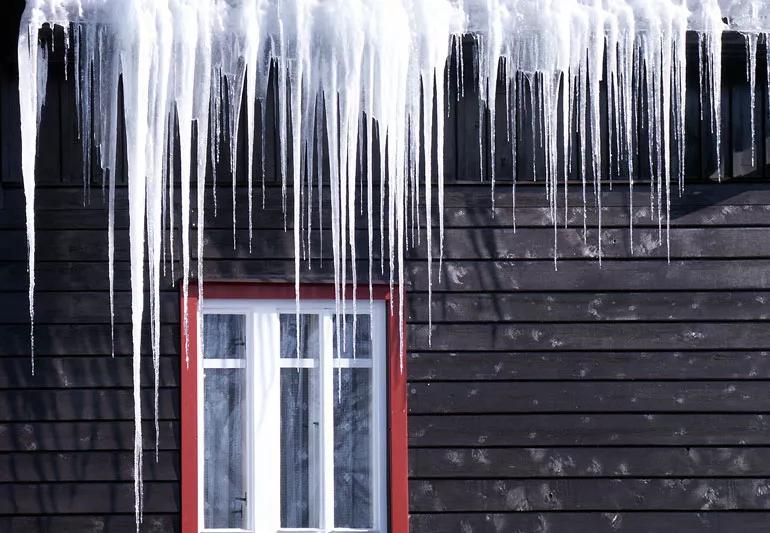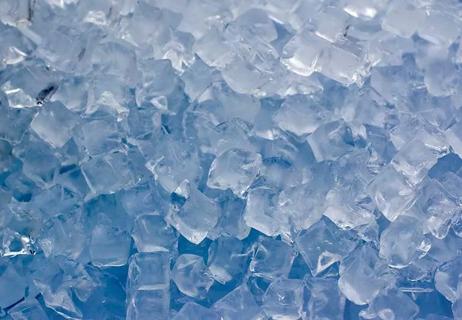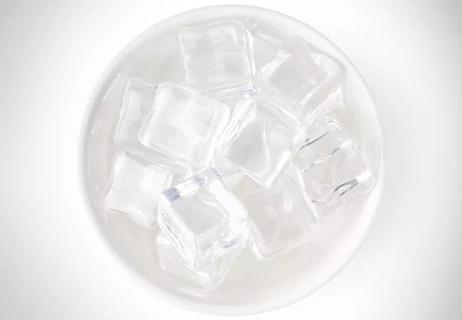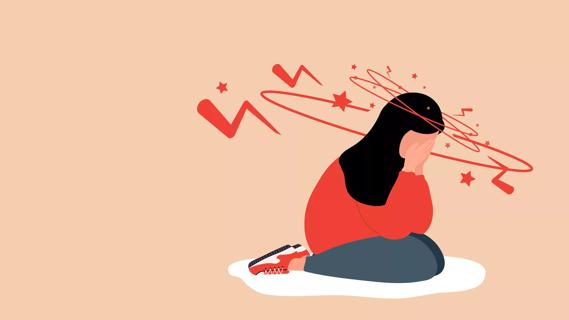Practical tips on how to stay safe around these hanging hazards

As if the snow and cold aren’t enough to deal with in the winter, another danger often hangs over our heads: the large icicles that form on many homes and buildings.
Advertisement
Cleveland Clinic is a non-profit academic medical center. Advertising on our site helps support our mission. We do not endorse non-Cleveland Clinic products or services. Policy
When temperatures thaw or fluctuate widely, these frozen sculptures start crashing down to the ground below and can cause injuries this time of the year, says emergency medicine physician Tom Waters, MD.
“The biggest concern when you get hit by an icicle, of course, is you could get cut and start to bleed, or in the case of being hit on the head, you could end up with a concussion or other type of head injury,” Dr. Waters says.
Dr. Waters says if an icicle hits you in the head, you may see an alarming amount of blood at first. That’s because the scalp contains a lot of blood vessels. But it’s important to remain calm and get the bleeding under control with direct pressure.
To treat a minor cut to the head, wash your hands with soap or antibacterial cleanser. Then gently wash the cut with mild soap and water. Use direct pressure to stop the bleeding, and then apply an antibacterial ointment and a clean bandage that won’t stick to the wound.
If you’re hit in the head by a large piece of falling ice and don’t bleed, you still may be injured. If you develop a headache or feel nauseous or vomit, Dr. Waters says you may have a concussion or an even more serious head injury and should seek medical attention immediately.
Advertisement
Icicles are rarely sharp enough to penetrate your skin or impale you, but they can cause bad bruises and even broken bones.
Dr. Waters says to resist the urge to knock down icicles while standing on a ladder or by climbing on the roof. Winter weather makes these types of activities extremely unsafe because of the risk of falling.
Consider calling in experienced professionals to remove ice buildup or icicles that are extraordinarily large.
“Ladders are extremely dangerous because the ground is slippery and creates unstable conditions,” Dr. Waters says. “There can be snow and ice buildup on the rungs and on the bottoms of your shoes. Often you just don’t know what’s on the ledge that you’re leaning the ladder against. There could be icicles, or ice, the ledge could break, or the ladder could slip or move.”
Dr. Waters says if you do get hurt by falling ice and you’re unsure how severely you may be injured, err on the side of caution and go to the emergency room.
Advertisement
Learn more about our editorial process.
Advertisement

You can do damage to fillings, crowns and even your teeth themselves

This simple trick can seriously reduce puffiness

Bleeding is a risk and warrants taking care, but the reward of this lifesaving medication is great

Severe and debilitating headaches can affect the quality of your child’s life

With repeat injections over time, you may be able to slow the development of new wrinkles

Type 2 diabetes isn’t inevitable with these dietary changes

Applying a hot or cold compress can help with pain